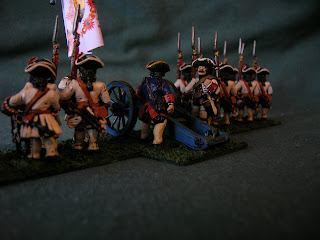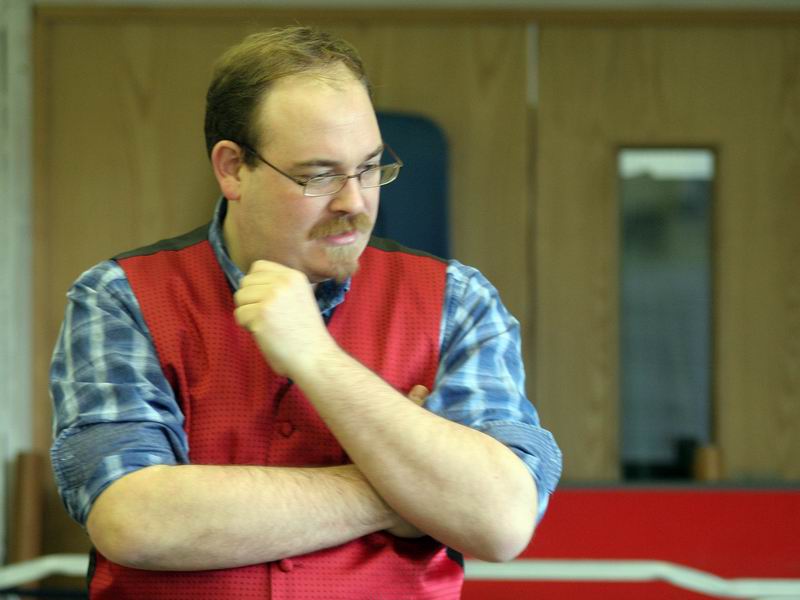
Now, I know as much about the Peninsular War as I know about the back end of the moon. I have never been really interested in playing either the French or the Brits and when I have played Peninsular games I have always pitched for Spanish, Portuguese or KGL commands. Besides, in my book there just is not enough cavalry…
So when it came to the 200-ers refight of Vimiero yesterday I had asked to umpire, as I will happily do for all Peninsular games. This was going to be a new experience for me, as I had not umpired for many years and not with these rules. Art of Command has been continually tweaked anyhow, and in this case we had introduced different methods of handling cavalry, and the charge sequence that I had wanted.
I knew very little about the original battle so I was not going to be too influenced by historical operations.
The
Now, in the first case there will be pictures of this game on the 200-ers website. In the meantime you will have to make do with whatever I can find. Anyhow, the battle was
This, in a way, was not necessary. The British plan was essentially that of static defence, with a creeping paralysis setting in as the battle progressed, with units only being sent to threatened sectors far too late in the day. The French, on the other hand, had a very maneouverist plan, with Junot prepared to change the emphasis of his attack as the battle progressed. Unsurprisingly it was a very convincing French victory.
Umpiring and the rules

As the game progressed I confess that I found it harder and harder to bite my tongue. The experienced player who was supposed to be playing Murray, Wellington’s QMG, was also playing Hill, and was so fucussed on his own crumbling position that there was no-one who was taking a weather view of the battle. This, I think, was very clear where one British division on the far left could have easily given up a couple of battalions and possibly its battery to reinforce a threatened sector.
But there was also the issue of the rules. Basically we had dealt with the issue of heavy cavalry being used as panzer divisions only to uncover another; the overwhelming power of skirmishers. The British had concentrated the majority of their light troops in a light brigade and this was holding the town of
What to do?

So this is the next area to consider. What to do about skirmishers. What sort of outcome should they be able to create? Personally I feel this should be few casualties and lots of harassment, and here I think the disorder issue comes in handy.
My initial thought is that for every six, or part of six, skirmishers you simply roll a d6 and get a result. 1-3 nothing, 4-5 one disorder level (or force a redeployment if artillery), 6 a casualty. Against a screened target, target in cover, deployed artillery and so on you need to roll a 6 on a D6 first, and if you get one then roll again for a result. It is pretty easy to divide up the firers and roll a D6 for each. Basically against a screened target you have a 1 in 36 chance of causing a casualty, and a 1 in 18 chance of creating some disorder. Whatever the die roll, only one casualty can be taken by each target per turn and the maximum disorder you can create is ‘Disordered’. Skirmishers themselves can be shot at in the normal way, with possibly an increased minus for firing at them to make firepower casualties a remote possibility.
Battalion screens should be able to screen the battalion. As it stands the battalion light company cannot screen it’s parent line, which seems absurd. So any battalion screen should be able to screen its parent, and only its parent, entirely.
Those are my thoughts so far, I'll keep thinking...
K

















































